Pumpkin spice's history and origins
Puzzling pumpkin spice
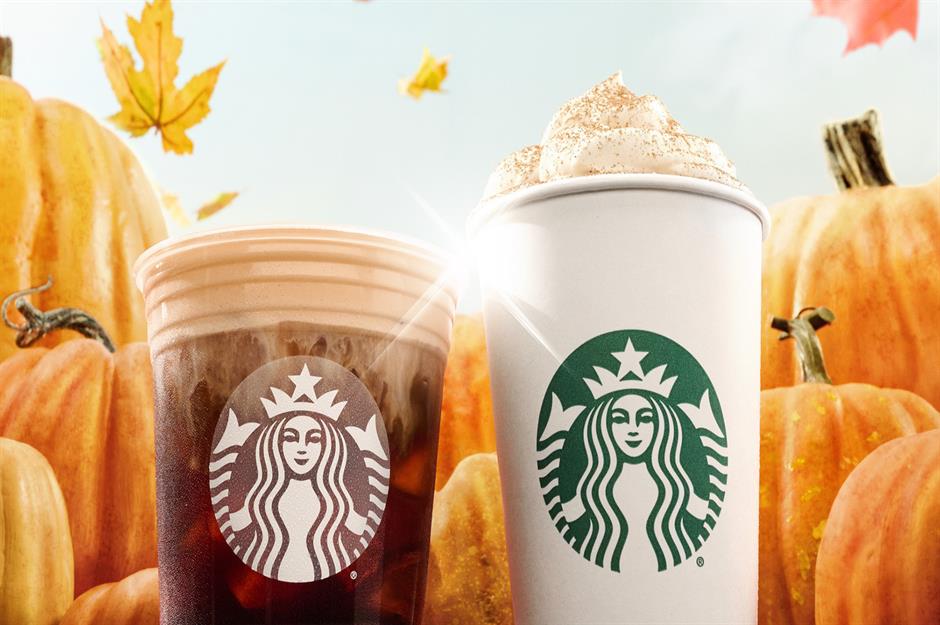
Pumpkin spice – the festive blend of cinnamon, nutmeg, allspice, clove and ginger – can be found flavouring absolutely everything this season. From late summer to early January, nuts, crisps, body butter and lip balm are infused with it. So why have we become obsessed with this particular mix of spices and what does it have to do with pumpkins? Read on to find out.
Thanksgiving dinner
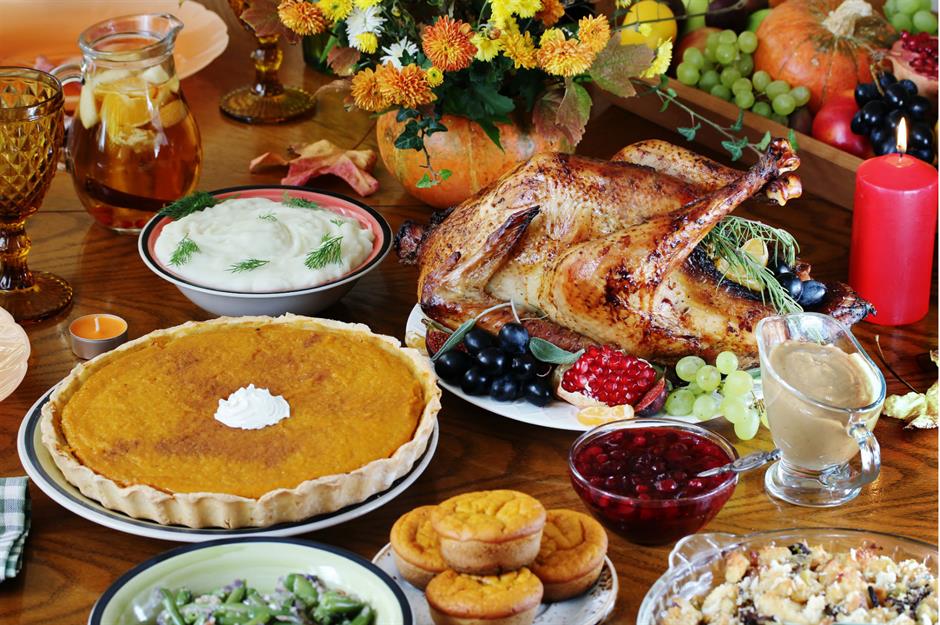
Pumpkin spice has taken on real significance since pumpkin pies (which are flavoured with the spice blend) became the cornerstone of Thanksgiving, America’s most-loved holiday. Due to its appearance year-after-year, not only has pumpkin pie cemented its place in American history, but its associated spices have become laden with nostalgia during the fall season.
The first Thanksgiving
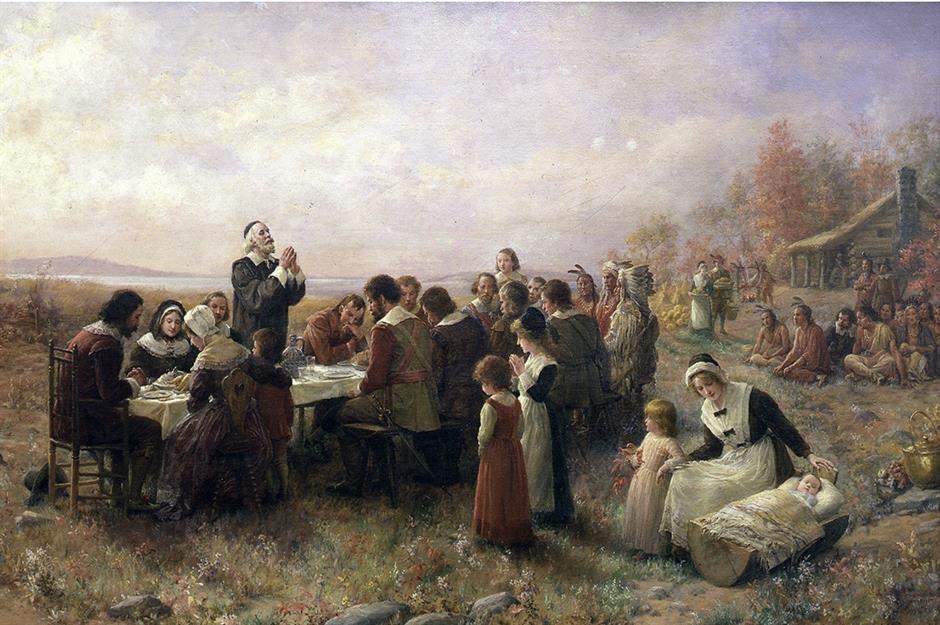
Pumpkins are traditionally eaten during the holiday because it’s thought that the Pilgrims ate them at the first-ever Thanksgiving – they're native to North America and grew readily in New England, alongside waterfowl, venison, berries and squash. However, a sweet pumpkin pie wouldn’t have been consumed as the first arrivals had no proper ovens to bake pastry, sugar and spices had not been imported, and there were no cattle to produce cream.
Pumpkin pie predecessors
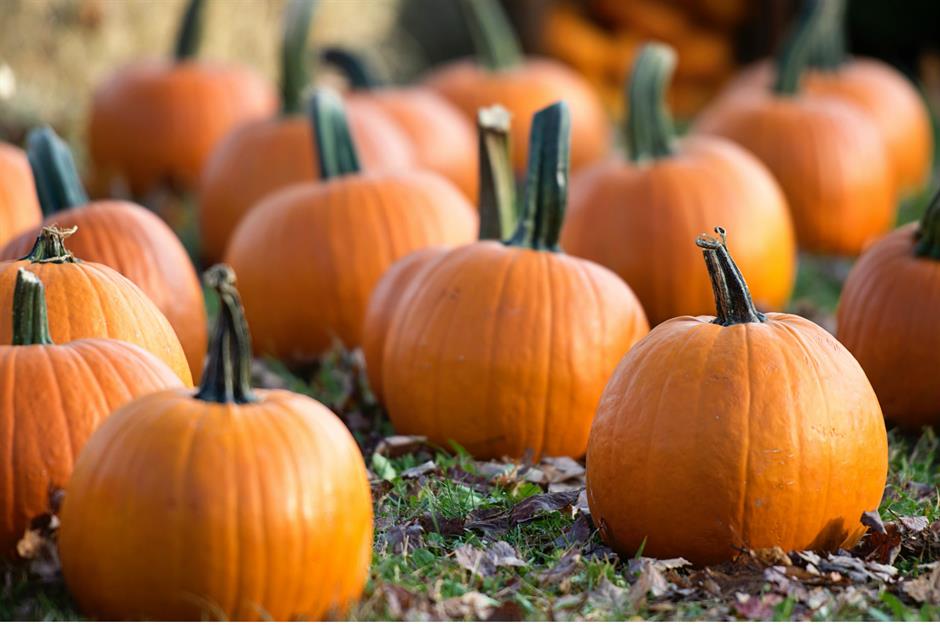
Squashes and pumpkins were eaten in great quantities by the American colonists and their livestock throughout the first years of their arrival. Although they were unable to bake them, they boiled pumpkins into stews, soups and porridge in a cauldron placed over an open fire. It’s also claimed that as early as 1620 colonists made a predecessor to the pumpkin pie – a sort of custard made by cutting the top off pumpkins, scooping out the insides, filling them with milk, honey and spices, and baking over hot ash.
“Pomkin” pie
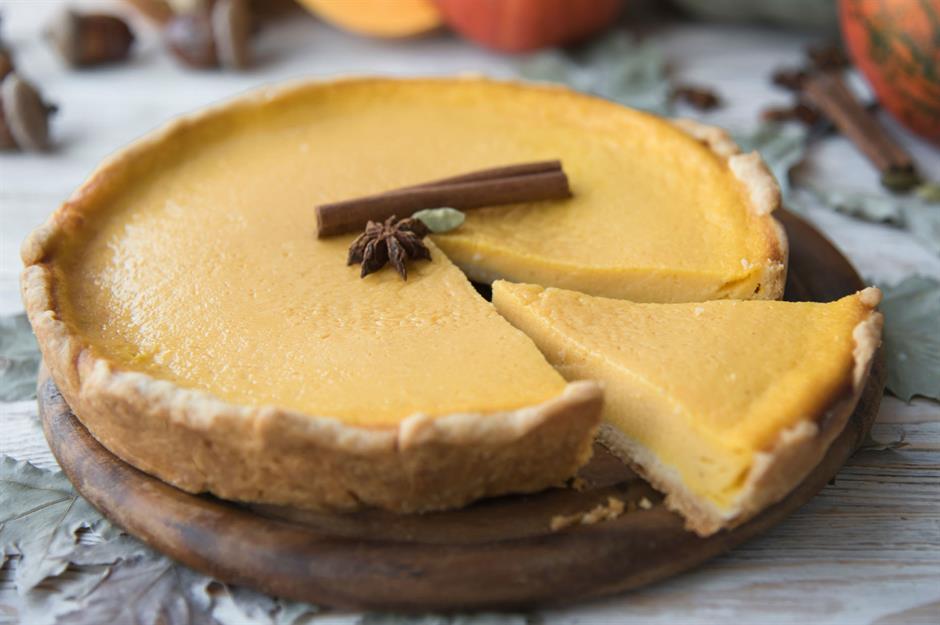
A pivotal point in pumpkin spice history was in 1896 when the book American Cookery by Amelia Simmons was published, featuring a recipe for “pompkin” – pumpkin in pastry, spiced with nutmeg, allspice and ginger, and sweetened with molasses. This is America's earliest pumpkin pie recipe, before the spice mix had obtained the name “pumpkin spice”. Released in an era when America began establishing its identity, this book defined the early days of the country’s cuisine.
Time-saving tactics
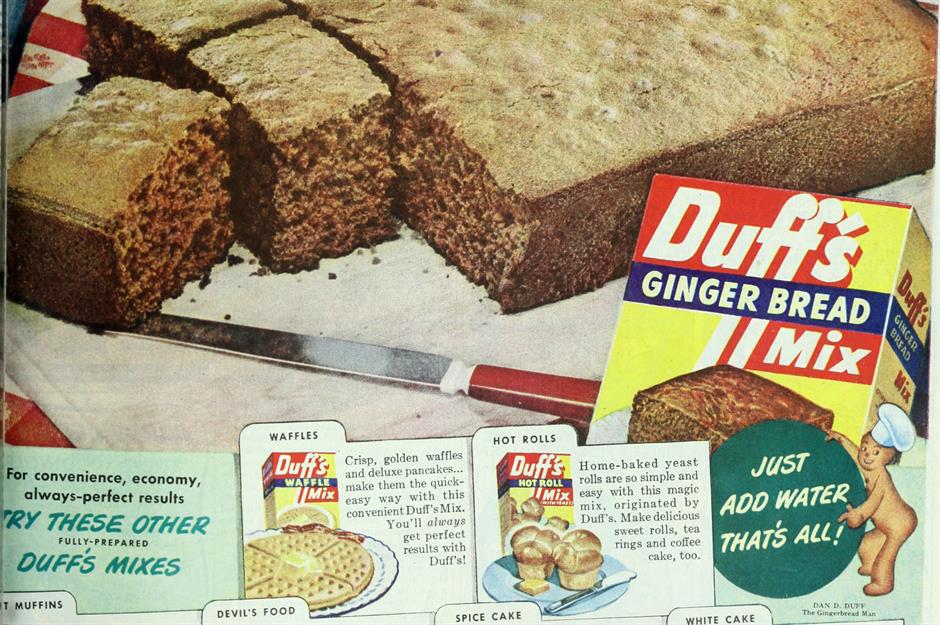
The commodification of cinnamon, nutmeg, allspice, clove and ginger as a blend can be traced back to the 1930s. Home cooks were on the look out for quick fixes. Similar items marketed at this time include Clarence Birdseye’s frozen foods in 1922 and Duff’s cake mixes in 1933.
Pumpkin pie spice
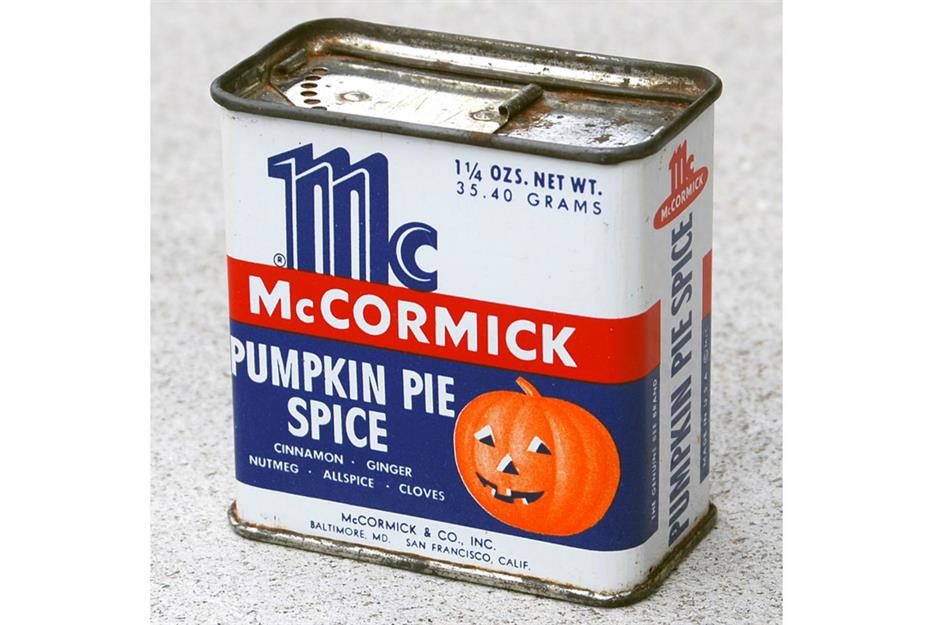
McCormick’s Pumpkin Spice Mix made its debut in the 1930s and was first named Pumpkin Pie Spice. It was marketed to home cooks as a shortcut so they would not have to measure out their own spices while making pumpkin pie. Up until this unifying point, it’s likely the quantity of the individual spices used in the blend varied between families and regions due to individual preference.
Pumpkin spice
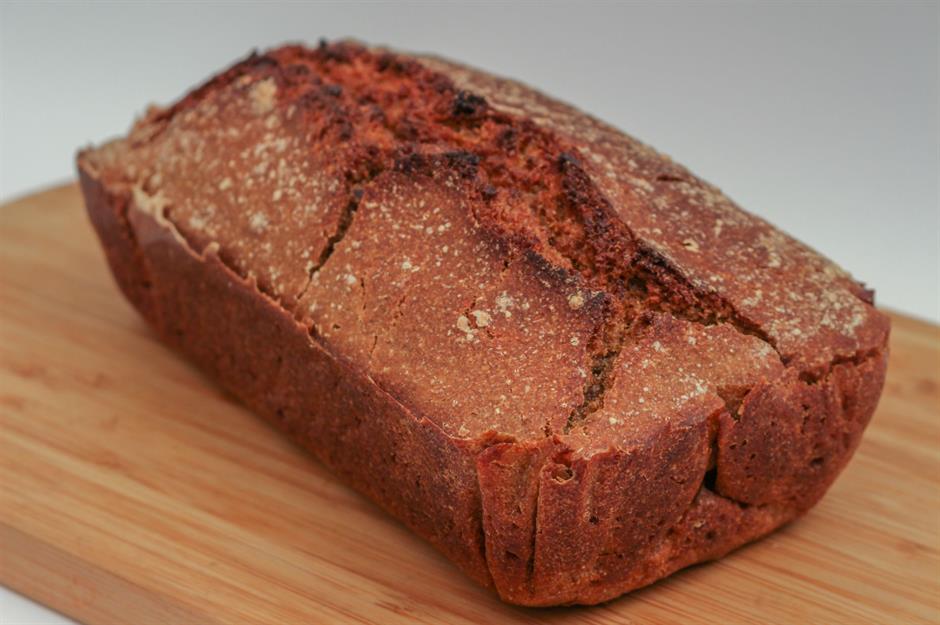
In 1936 pumpkin spice is referred to in an article published in The Washington Post, titled “Spice Cake Of Pumpkin Newest Dish: Delicacy Tempting to All Appetites and Easy to Prepare. Ideal Dessert for Family Dinner, Healthful for Children.” Pumpkin spice was either a reference to McCormick Pumpkin Pie Spice or because the recipe assumed home cooks were familiar with the spice from experience blending it by hand.
The flavour of fall
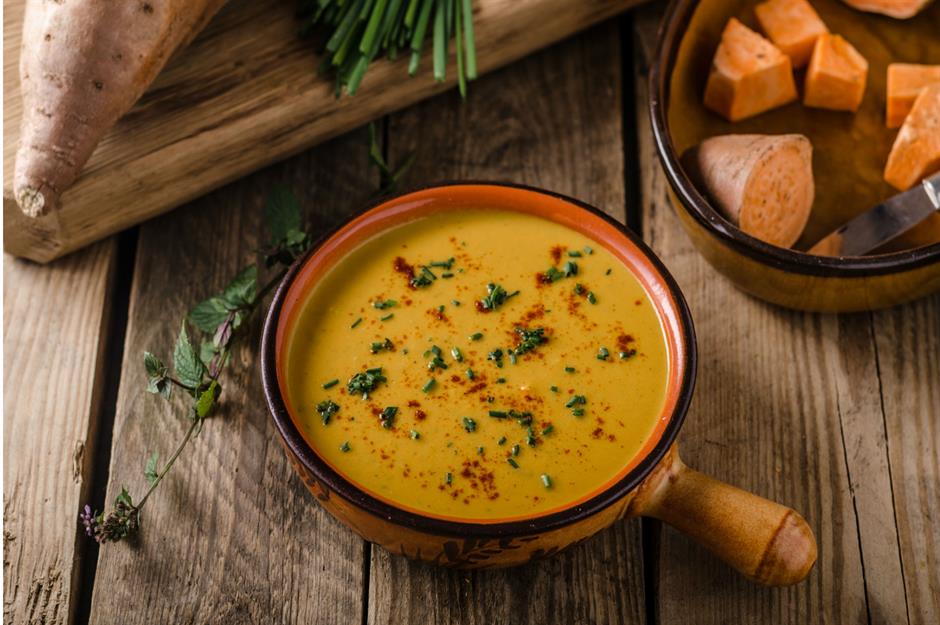
In the 1960s, the spice mix’s name was changed from "pumpkin pie spice" to "pumpkin spice" and people started using it to flavour other dishes, such as cream of sweet potato soup. Gradually, the spice found its way in to all sorts of seasonal foods.
Household staple

Throughout the 60s, 70s and 80s, pumpkin spice remained a household staple. Home cooks would use it to spice up foods, both savoury and sweet. For example, a baked sweet potato with sour cream or a stack of pancakes.
These are our favourite autumn recipes, follow us on Pinterest for more inspiration
The pumpkin spice-crazed 90s
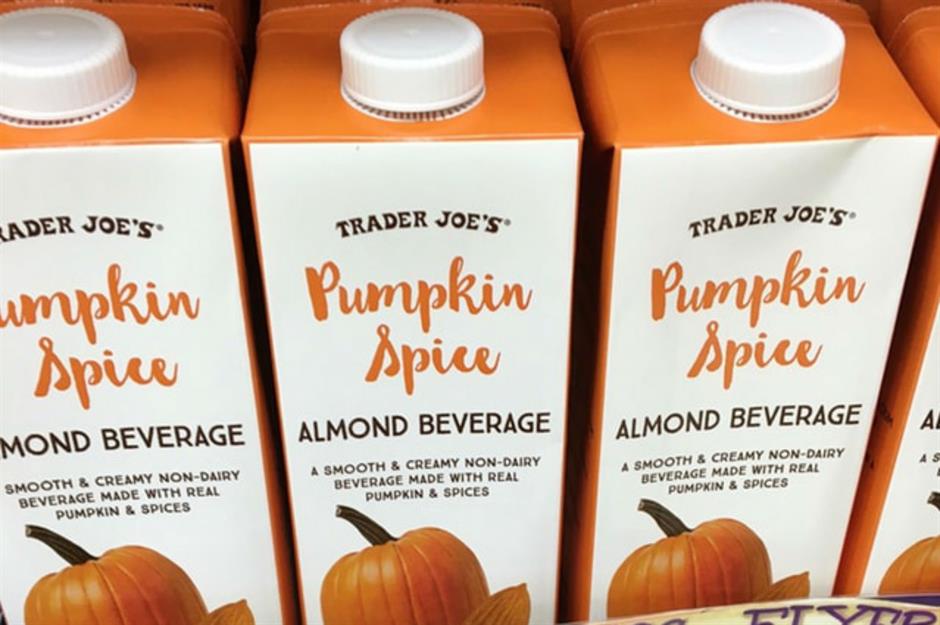
In the mid-90s, the pumpkin spice craze really took off. During this time, grocery chain Trader Joe's introduced its pumpkin-inspired range, which has grown steadily year-on-year since its arrival. These days, the shelves are stocked with more than 70 pumpkin items, including pumpkin spice almond milk, pumpkin spice cookies, and vanilla and pumpkin scented candles. Despite product names, many pumpkin spice items rarely include any actual pumpkin.
Pumpkin spice candles

The first pumpkin spice candle arrived in 1996 in a shop called Wildchase. In an article published by The Times Union (Albany, New York), titled “Waxing Euphoric about a Wick-ed Obsession”, writer Liz Stevens asked: “Are we becoming a nation of cinnamon-apple and pumpkin-spice addicts?” Her prediction was spot on.
Pumpkin spice lattes
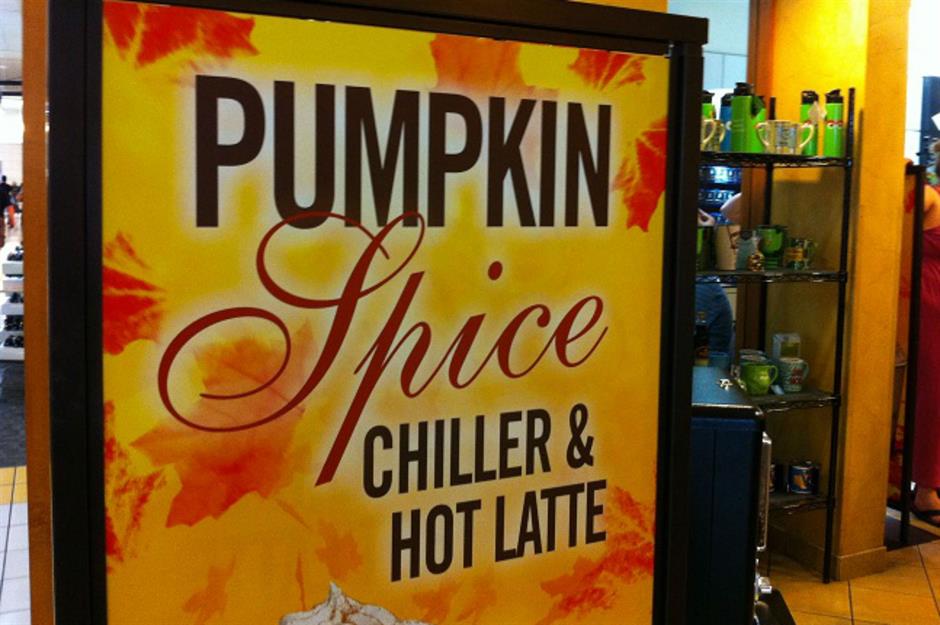
It may be a surprise to many that coffee chain Starbucks wasn’t the first company to introduce the pumpkin spice latte (it launched it in the fall, 2004). There are at least three documented appearances prior to Starbucks's big reveal. The Home Roast Coffee near Tampa, Florida was recorded brewing up pumpkin spice flavoured beans in 1996; a pumpkin spice latte was sold at The Whole Bean, Las Vegas, and Fasig's in Allentown, Pennsylvania, in 1998; and a super-sweet pumpkin pie latte was on the menu at Purple Mountain Coffee, Colorado, in 2002.
Read these 30 fascinating food facts
The famous PSL
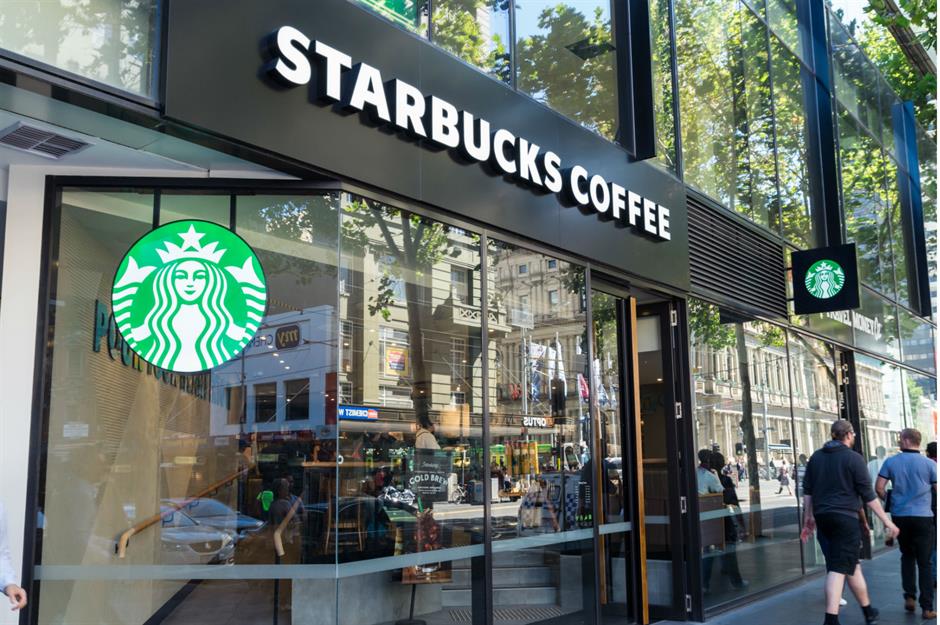
This could be shocking for some to hear but Starbucks’s Pumpkin Spice Latte nearly didn’t happen. After the success of its winter drinks menu in January 2003, which included a peppermint mocha and eggnog latte, it started planning a fall menu. Starbucks launched an online survey where customers could select the drinks they found most appealing and, next to the spiced orange, chocolate-caramel and cinnamon streusel lattes, the pumpkin pie flavour fell flat.
Trial and error
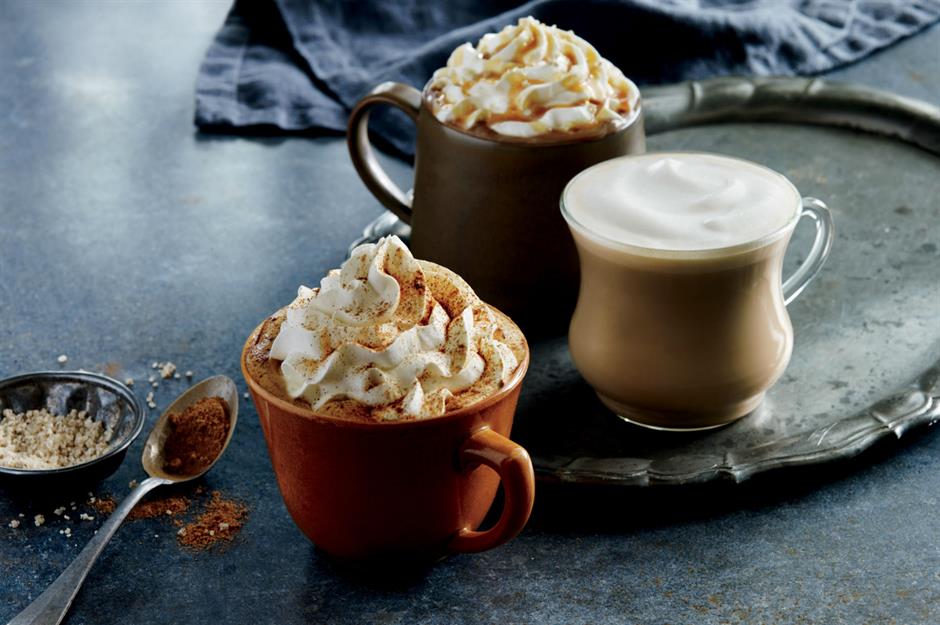
However, all hope was not lost, as clued-up project manager Peter Dukes saw the pumpkin spice latte’s potential and lobbied for its development. He convinced his co-workers and they played around with flavours and names for several months, finally settling on the Pumpkin Spice Latte, a 380-calorie drink made from a high-sugar, highly-flavoured spice sauce.
World domination
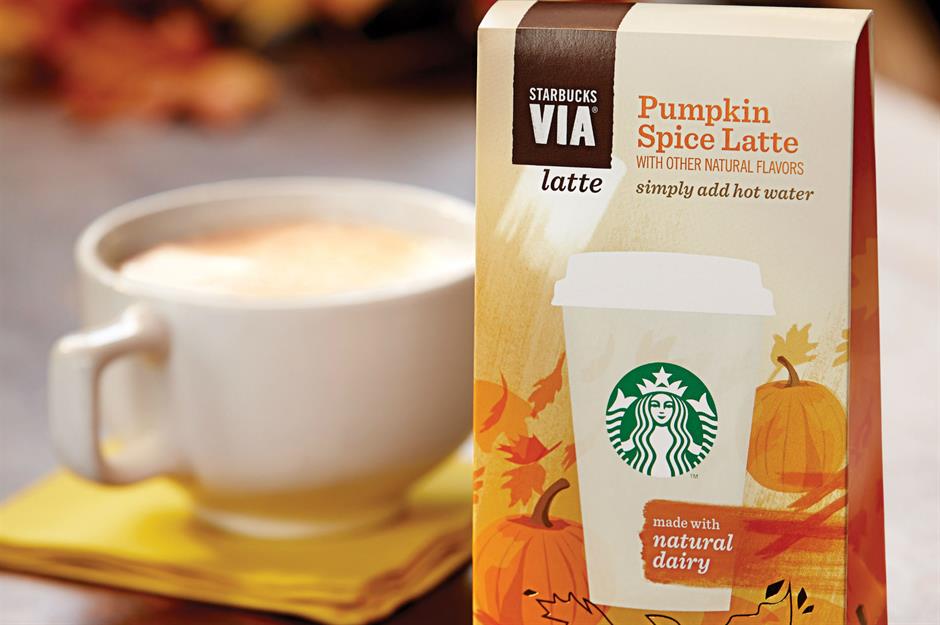
Starbucks’s Pumpkin Spice Latte, fondly labelled "the PSL" by fans, is now the most well-known branded pumpkin spice product out there (and the coffee chain’s top-selling seasonal beverage). It’s available in 13,000 stores nationwide and in nearly 50 countries across the globe. According to Starbucks, more than 350 million drinks have been sold over the past 15 years and this year’s pumpkin spice range is now available, including the newest Pumpkin Cream Cold Brew.
Surprising facts you didn’t know about coffee
Social success
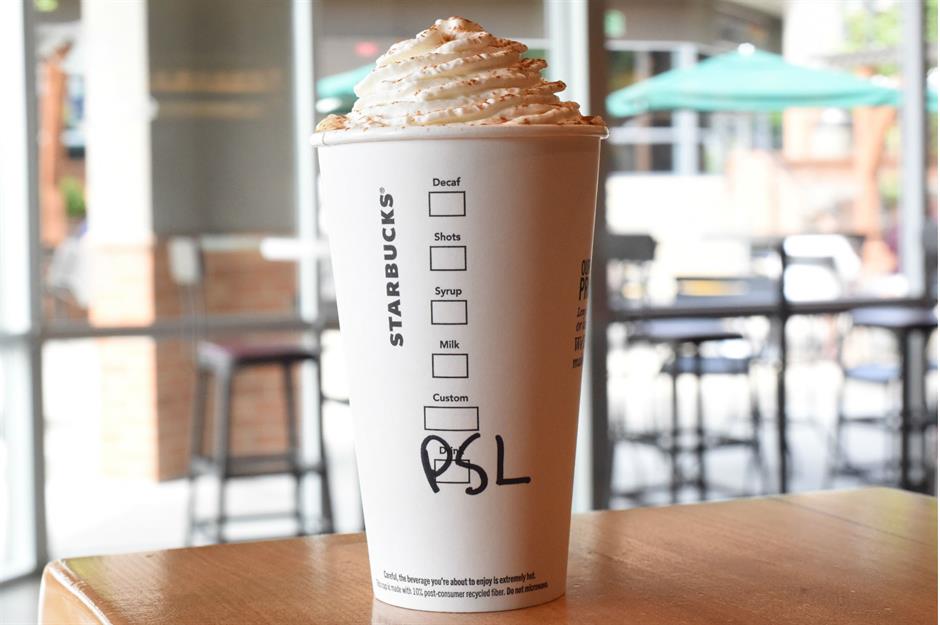
Starbucks’s advertising and social media campaigns, which were ramped up in 2012 to compete with McDonald’s and Dunkin’ Donuts’s pumpkin products, are largely to thank for PSL’s success. People eagerly await its brief appearance on the menu during the fall. The drink has its own Twitter and Instagram accounts too, where it appears in whimsical fall scenes, and other Instagram users share and tag their own snaps with #psl.
The PSL backlash
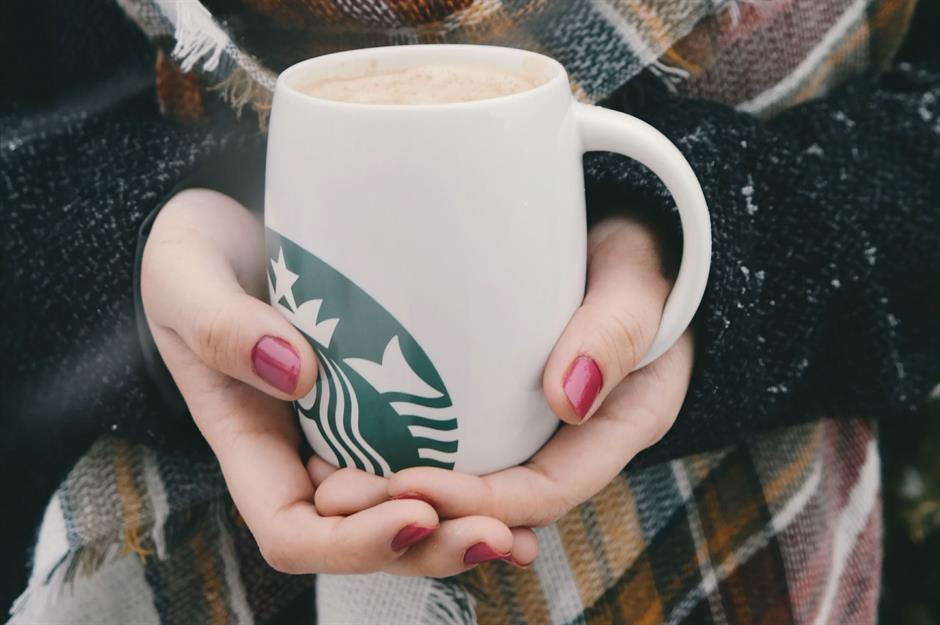
In recent years, the Pumpkin Spice Latte has received some backlash for being unhealthy and for epitomising consumerist behaviour. A grande-sized PSL drink in the UK contains 39.3g (1.57oz) of sugar and is much more expensive than a regular latte at around £4.40 ($5.10).
Pumpkin spice everything

As the days shorten and summer turns to autumn, you'll walk into your local store and likely find pumpkin spice everything. The number of pumpkin-flavoured food and household goods has consistently gone up every year, as food manufacturers aim to encourage sales through pumpkin’s popularity. By 2019, pumpkin spice sales had brought in more than half-a-billion dollars in the United States.
Trader Joe’s pumpkin range
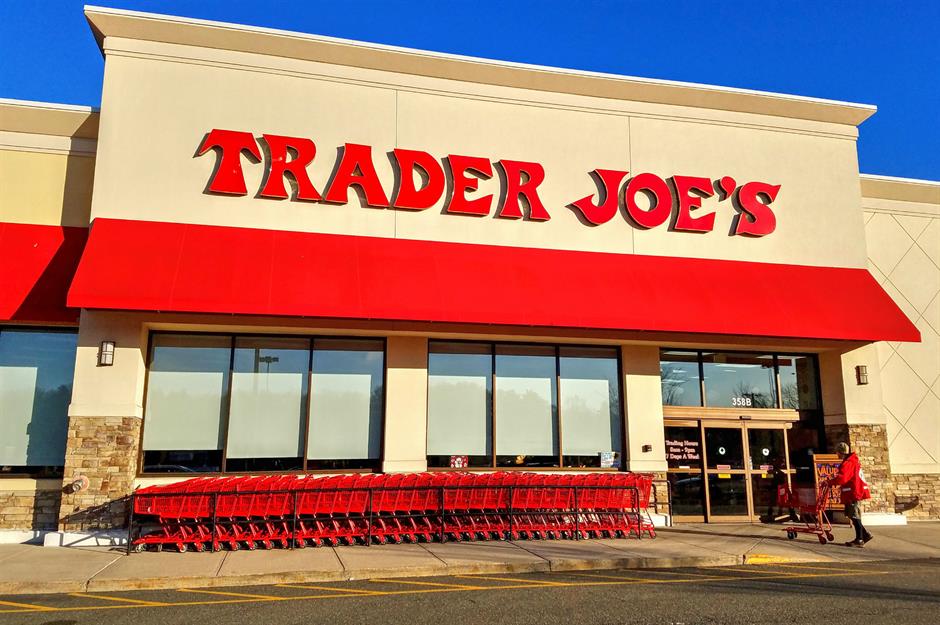
Grocery chain Trader Joe's is known for having a particularly extensive pumpkin-themed offering, containing many items that have no place being pumpkin flavoured. The line-up includes pumpkin butter, pumpkin body butter, pumpkin pancake and waffle mix, pumpkin bread pudding, pumpkin cream cheese, pumpkin cheesecake, pumpkin spiced granola bark and pumpkin dog biscuits, to name a few.
Dog treats and deodorant

In other shops, the barrage of pumpkin spice products continues. Guess a pumpkin flavoured item and it probably already exists – lip balm, candles, deodorant, Oreo cookies, beer, Jello-O, pizza crusts, yoghurt, gum and even pumpkin-spiced pumpkin seeds. People even enhance their homes with pumpkin spice paraphernalia, for example toilet bleach, candles and air freshener. When it comes to pumpkin spice, nothing is too far-fetched.
Pumpkin spice costumes
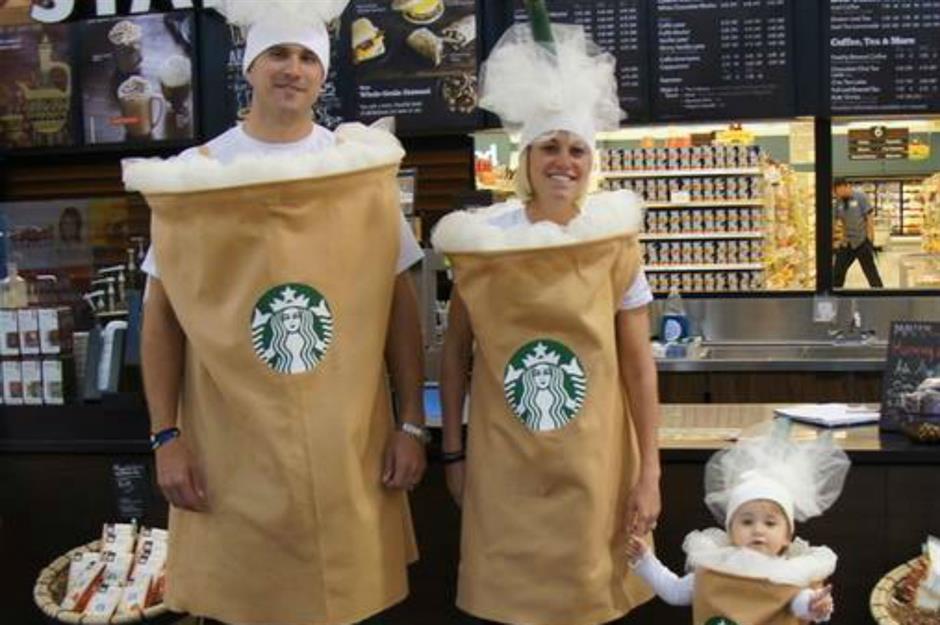
Dressing up as a pumpkin at Halloween isn’t unusual, but nowadays pumpkin spice lattes can be seen stalking the streets during All Hallow’s Eve. Some people even dress their pups up in pumpkin spice costumes – regular latte costumes have been spotted on pooches before. At least we know what we’ll be doing for Halloween...
Cook some of these horrible Halloween recipes
Are we not over pumpkin spice yet?
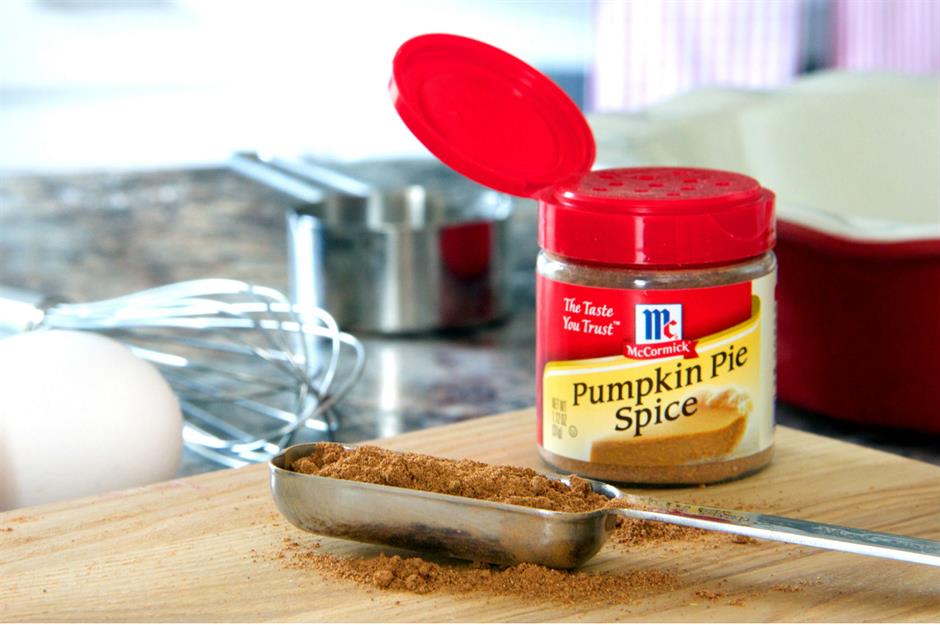
Google search results for “pumpkin spice latte” peaked in 2015, found a paper published in the Proceedings of the Natural Institute of Science, and according to Statista it continues to peak on the search engine every September. While it was once seen as a novelty, it's now a standard fall offering. After a strong three-decade run, could people want something new?
A healthy direction
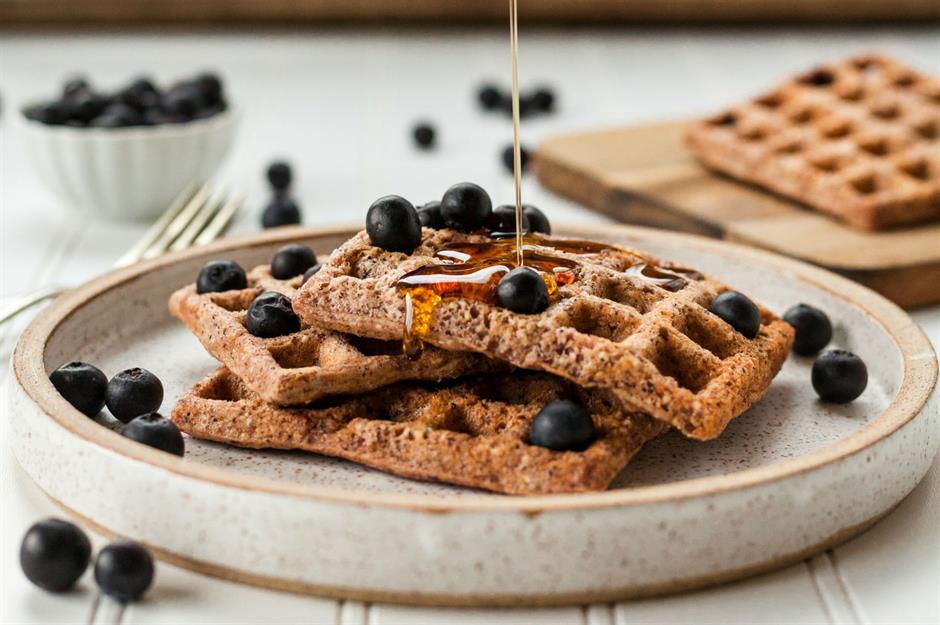
If you search for "pumpkin spice" online now, you’ll likely get results like "health benefits of pumpkin spice", "how to make a healthy PSL" and "30 best healthy pumpkin spice recipes". Maybe pumpkin spice is here to stay a bit longer, taking on a new, healthier direction?
Is pumpkin spice healthy?
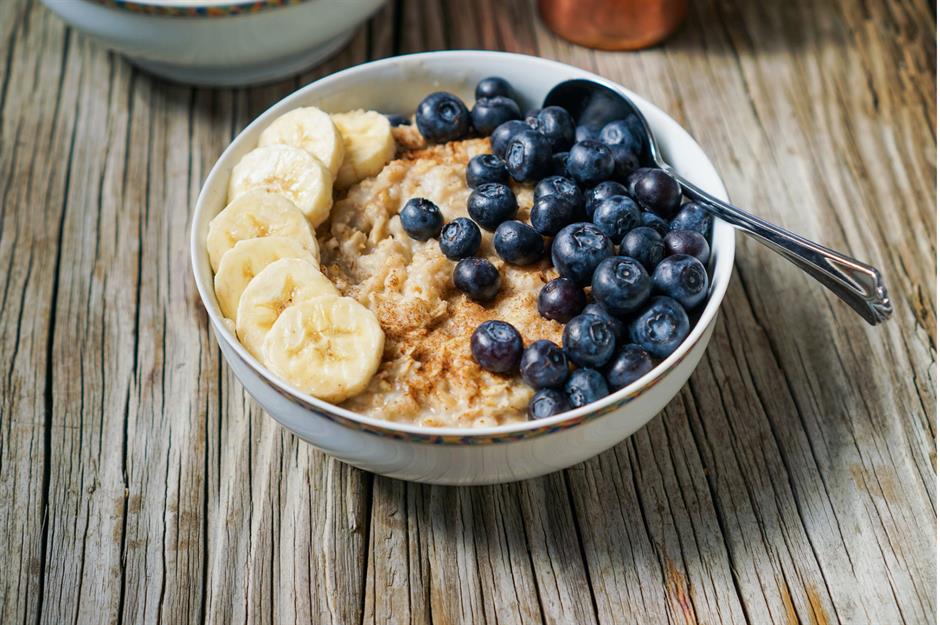
Broken down into its constituent spices, pumpkin spice may have an array of wonderful properties. Proponents believe that cinnamon helps regulate blood sugar, allspice and ginger are anti-inflammatory, cloves are antibacterial and antioxidant, and nutmeg helps your body absorb calcium and regulate blood sugar. Sprinkling the spices straight onto overnight oats, porridge or your morning coffee are some healthy ways to reap potential benefits.
Just like in this Honest Eats apricot, chia and pumpkin seed muffins recipe
Fresh pumpkins
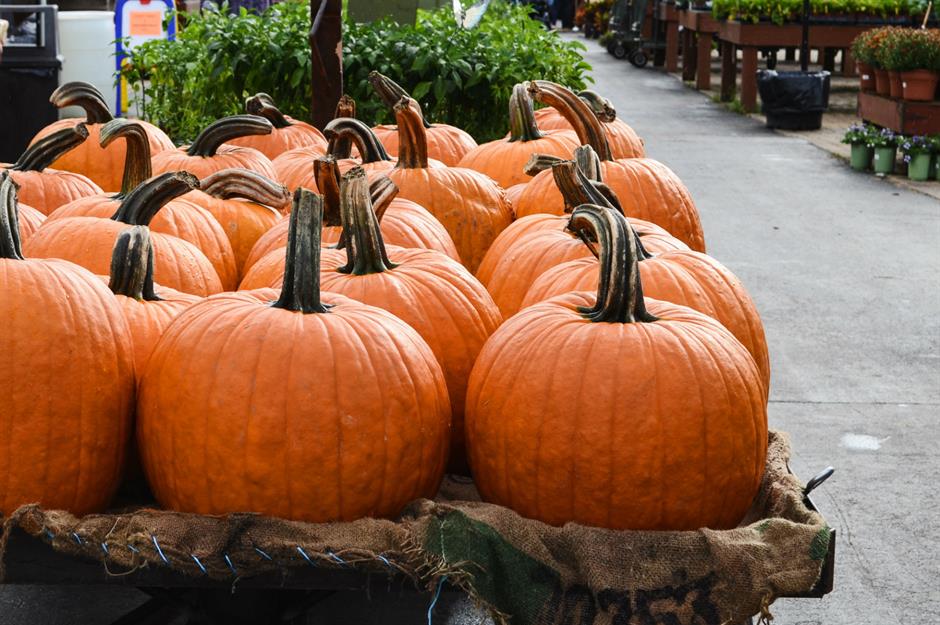
Eating pumpkins is another healthy way to get in the seasonal spirit and sales of pumpkins are known to increase this time of year. Foods that include pumpkin as an ingredient (including pumpkin seeds), rather than pumpkin spice, also tend to rise.
Fresh contenders
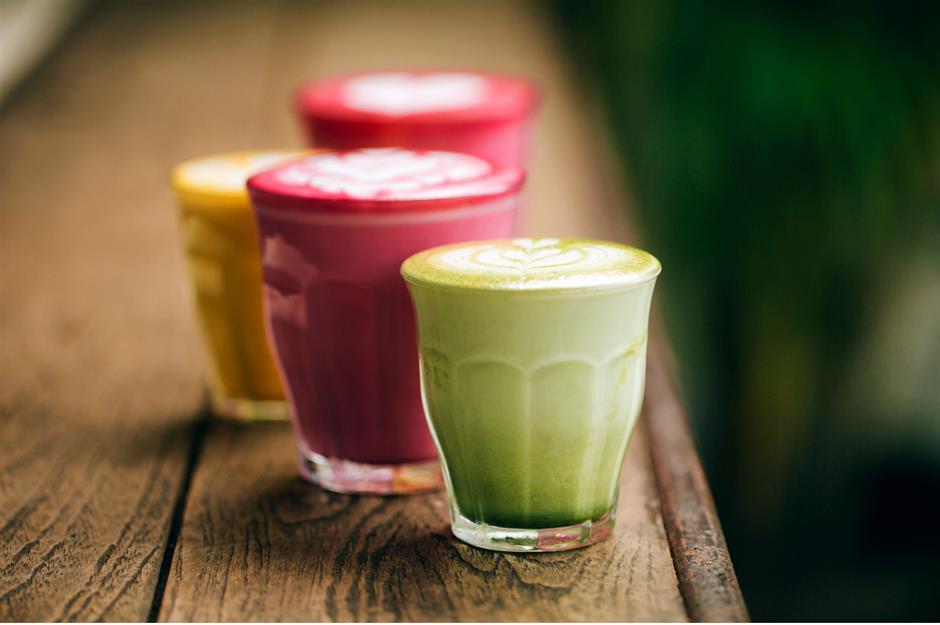
With the current wave of health-focused drinks like matcha, turmeric and beetroot lattes, it's possible that a new seasonal product could take over. Turmeric’s bright yellow colour is on-trend for fall, and beetroot, with its rich purple hue, makes for a wonderfully Instagrammable latte. Yet can either of these give us the same sugar and caffeine hit a pumpkin spice latte provides?
Maple madness
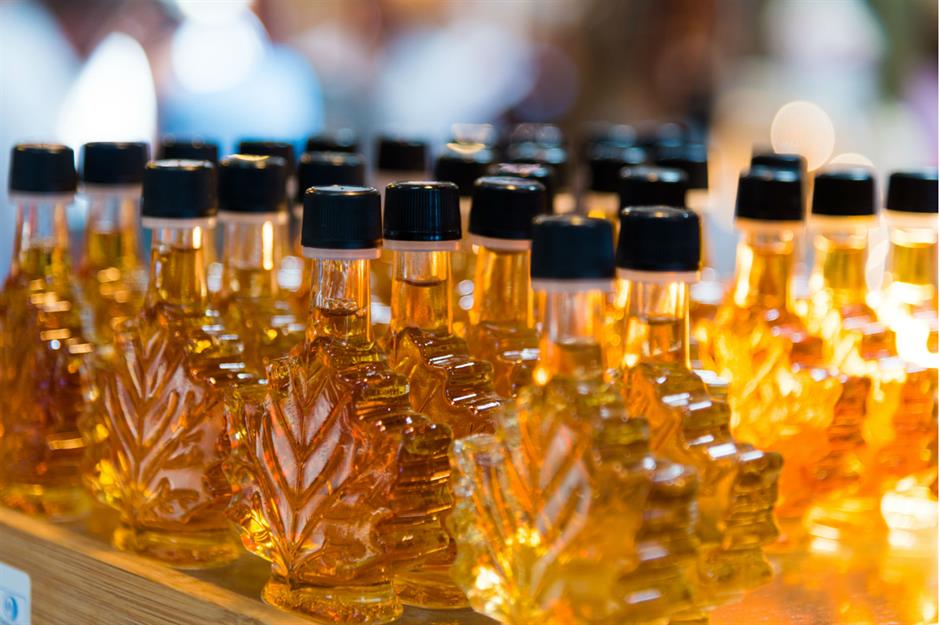
Another strong contender is maple: it has connotations of fall and it’s an unrefined sugar. It’s already starting to appear in more foods, such as maple water, yoghurt, candyfloss, salad dressing and whiskey. Dunkin’ Donuts and Starbucks have already added a maple drink to their fall menus.
Maple shines through on this bacon panna cotta recipe
Forever pumpkins
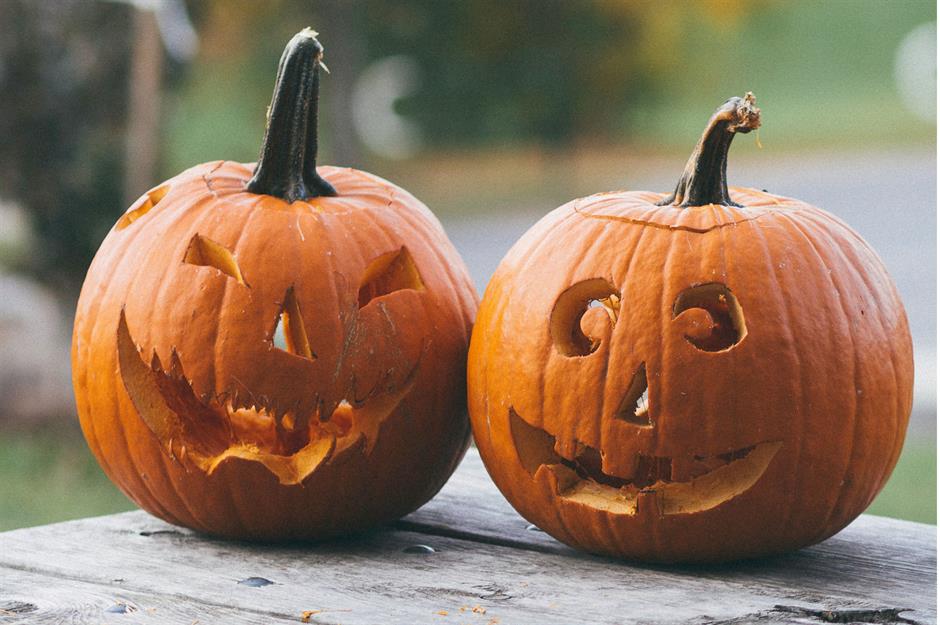
This year, pumpkin spice is causing its annual commotion – like it always does. The world is torn between those headed straight to Starbucks at the first sign of fall and those who will inevitably roll their eyes and groan. One thing's for certain though: pumpkin spice knows how to divide opinion. Whether you love it or hate it, it doesn’t look like it’s going anywhere.
Read about how to cook with cinnamon in our useful guide
Comments
Be the first to comment
Do you want to comment on this article? You need to be signed in for this feature
Most Popular
Reviews 31 unbelievably sugary cereals from around the world